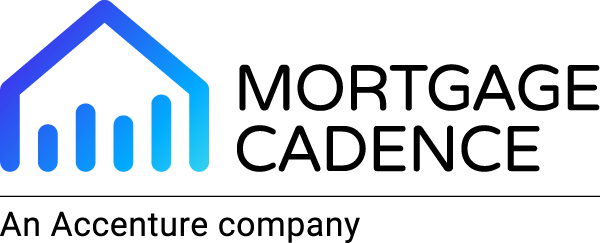Fannie Mae and Freddie Mac are names that are oftentimes thrown around in the homeownership world, but very few individuals understand their mission, purpose and method of operation. However, these two organizations lie at the heart of the American housing market, working to create a path to homeownership that is more accessible for millions.
About Fannie Mae
Fannie Mae, formally known as the Federal National Mortgage Association, is a government-sponsored enterprise (GSE) that was created to provide reliable, steady funding for housing, ultimately making it easier to get a mortgage loan. Typically, when buying a house, the homebuyer needs a large loan from a bank or lender. Fannie Mae is the company that comes in and buys these loans on the secondary market to ensure lenders have enough liquidity to continue lending to other homeowners. The flow of this process allows the housing market to keep moving and makes for a more affordable home-buying process.
This enterprise dates back to the Great Depression when owning a home was far out of reach for many citizens. The banks struggled to lend any money, forcing the nation into a serious housing crisis. In 1938, Congress created Fannie Mae through the New Deal. From there, it introduced the 30-year fixed-rate mortgage, increasing the accessibility of homeownership by implementing stable, predictable monthly payments over a long period of time.
About Freddie Mac
Freddie Mac, formally known as the Federal Home Loan Mortgage Corporation, is similar to Fannie Mae as it also helps people get mortgage loans, but it works slightly differently. Just like Fannie Mae, Freddie Mac works in the secondary mortgage market and buys the loans from lenders to ensure they have enough money to keep lending. The institutions that Freddie Mac works with are typically smaller banks than what Fannie Mae works with. Through these banks, instead of keeping the loans, Freddie Mac packages them into investments called mortgage-backed securities and sells them to investors. In doing so, money is freed up for institutions to lend more money to homebuyers, just like Fannie Mae.
Established in 1970 under the Emergency Home Finance Act, Freddie Mac was made to expand the secondary mortgage market and reduce interest rate risk for banks. Then in 1989, this institution was reorganized and turned into a shareholder-owned company as part of the Financial Institutions Reform, Recovery, and Enforcement Act (FIRREA).
The Common Threads
Fannie Mae and Freddie Mac are evidently very similar in nature. They have similar charters, missions and goals. The mandates under both entities are also very similar as they are both required to do the following:
- Provide Liquidity – One of the primary functions of these entities is to ensure that lenders can keep lending money, so by buying mortgage loans on the secondary market, Fannie Mae and Freddie Mac free up funds that these institutions can turn around and use to make more loans.
- Support Affordable Housing – Both entities are tasked with providing opportunities for low and moderate-income families to access home loans and affordable housing options.
- Stabilize the Housing Market – Fannie Mae and Freddie Mac provide consistent access to mortgage funding, especially during economic downturns.
- Manage Risk – They are both required to manage risk associated with their mortgage-related activities to ensure the safety and integrity of their operations.
- Regulate Oversight – These entities are subject to various regulations and oversight by government agencies, such as the Federal Housing Finance Agency (FHFA), to ensure that they are fulfilling their mandates and operating in a safe and responsible manner.
The Bottom Line
Fannie Mae and Freddie Mac evidently serve essential functions in the U.S. housing market as they aid the flow of funds within this sector of the economy. Equally as important, they work to ensure that owning a home is a realistic possibility for families across the country. By nature of their mission and work, they foster a more inclusive housing market, empowering all families to reach toward the dream of homeownership.



